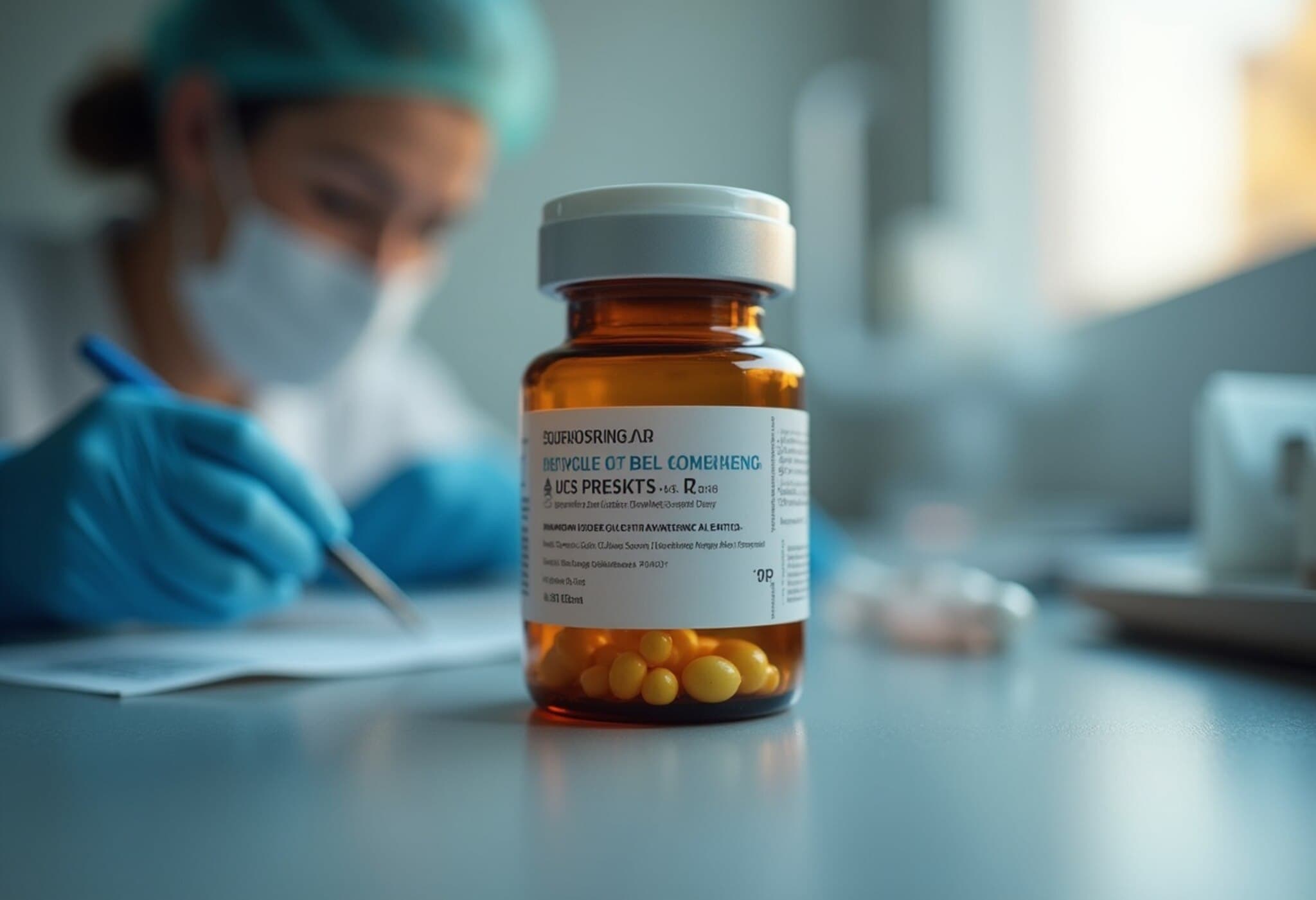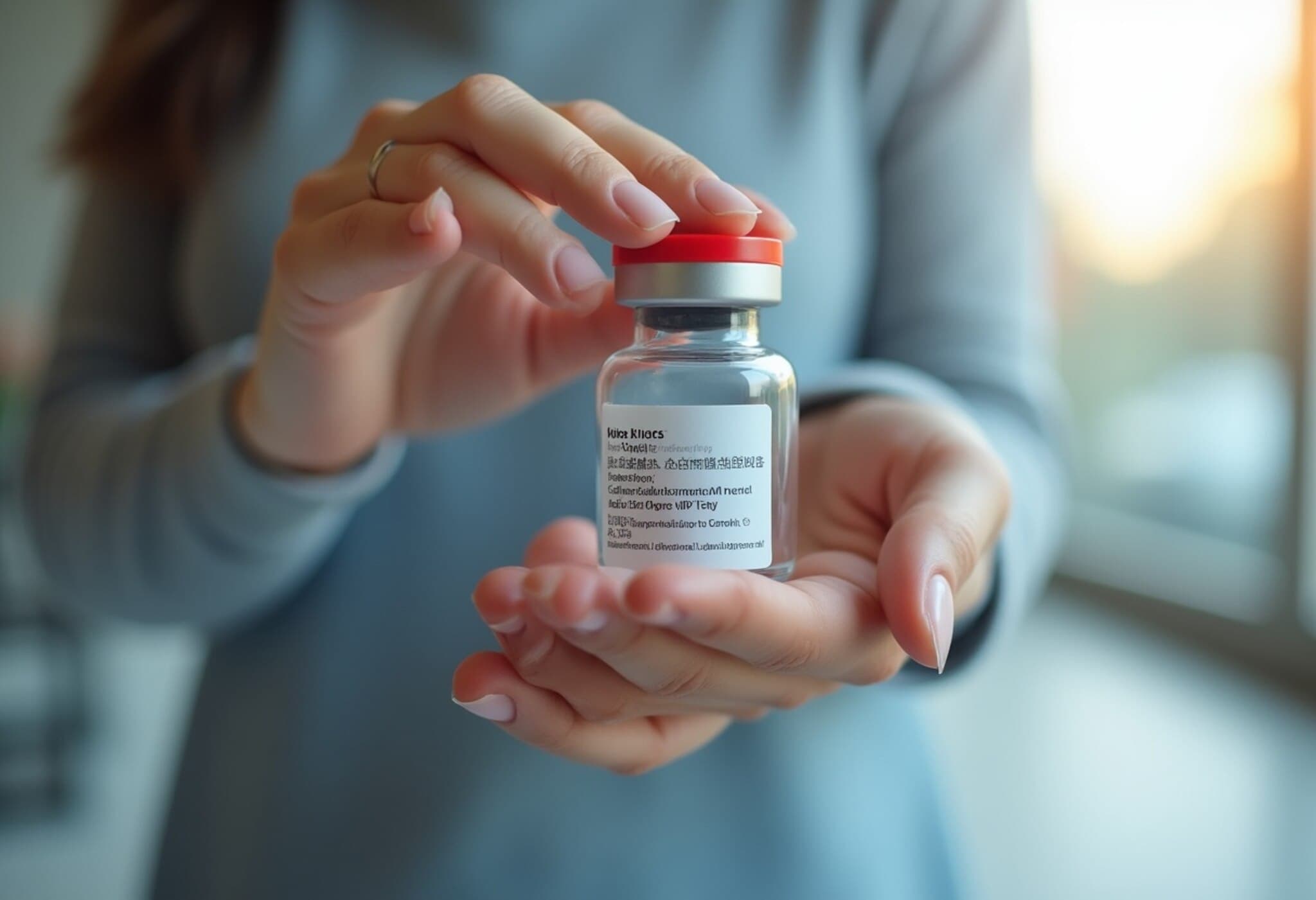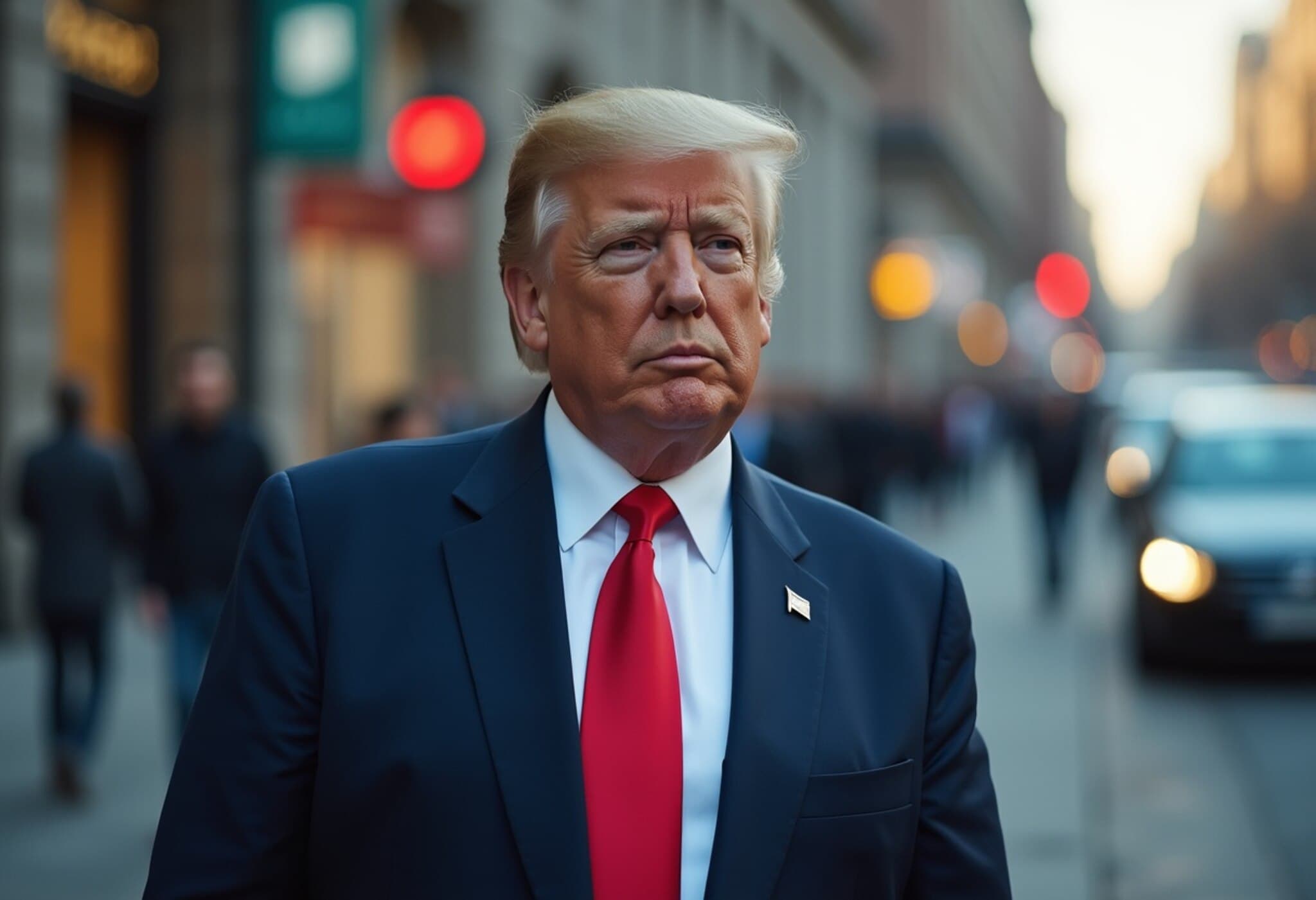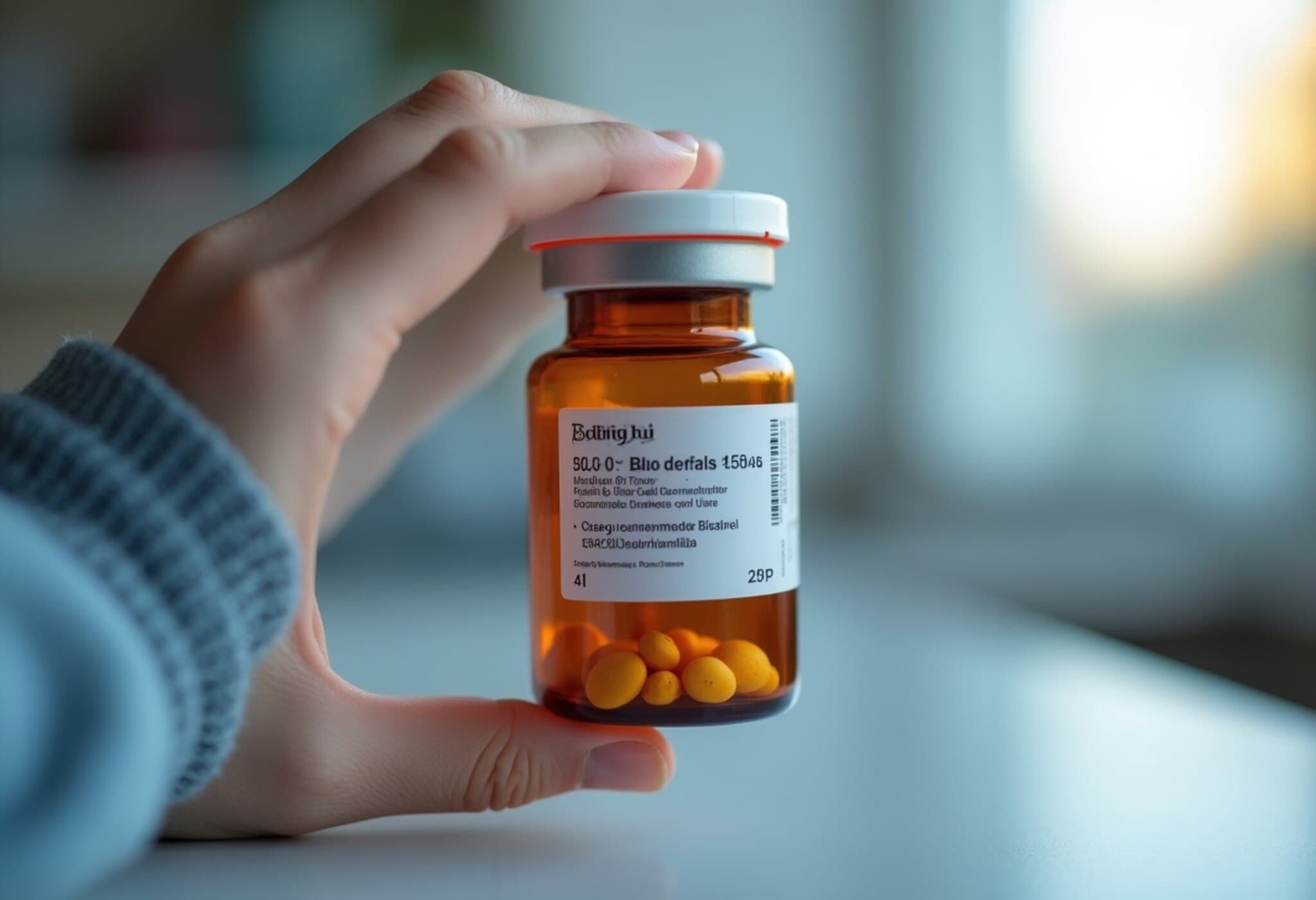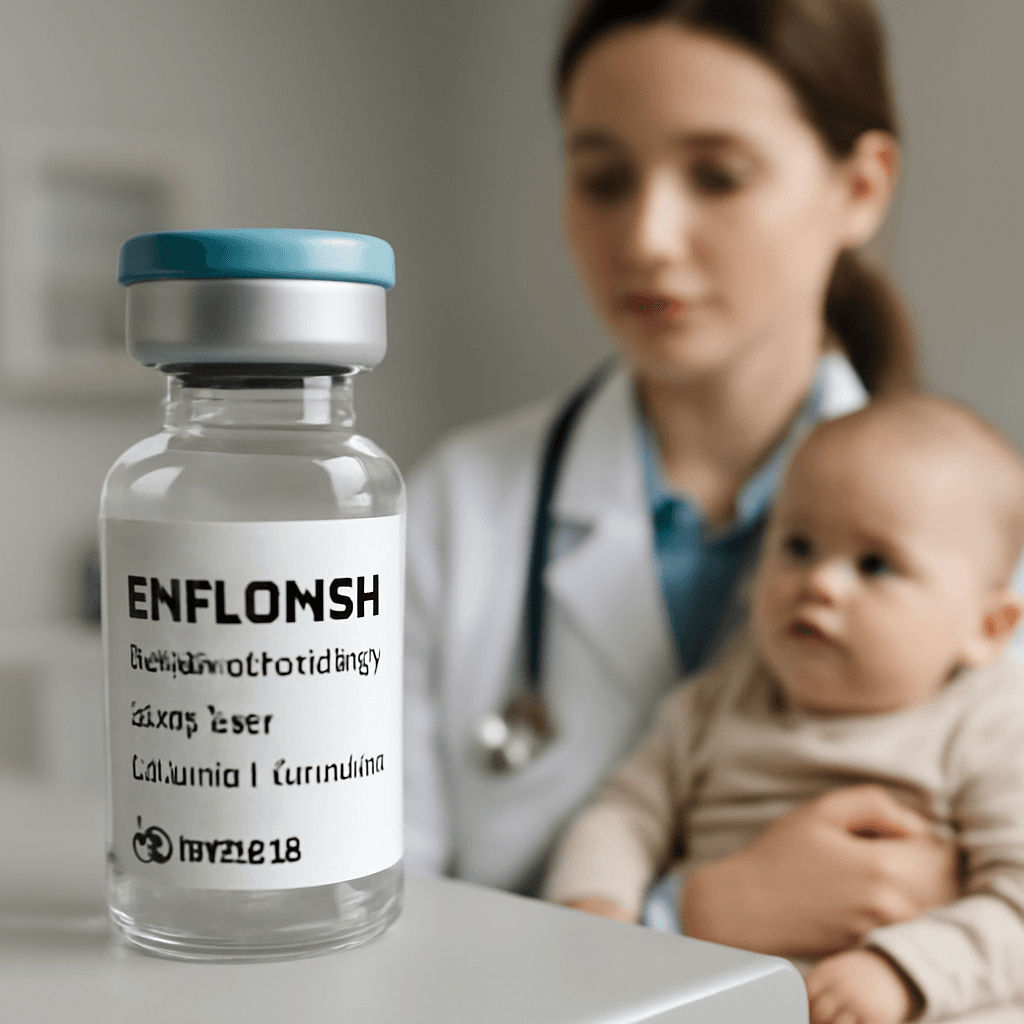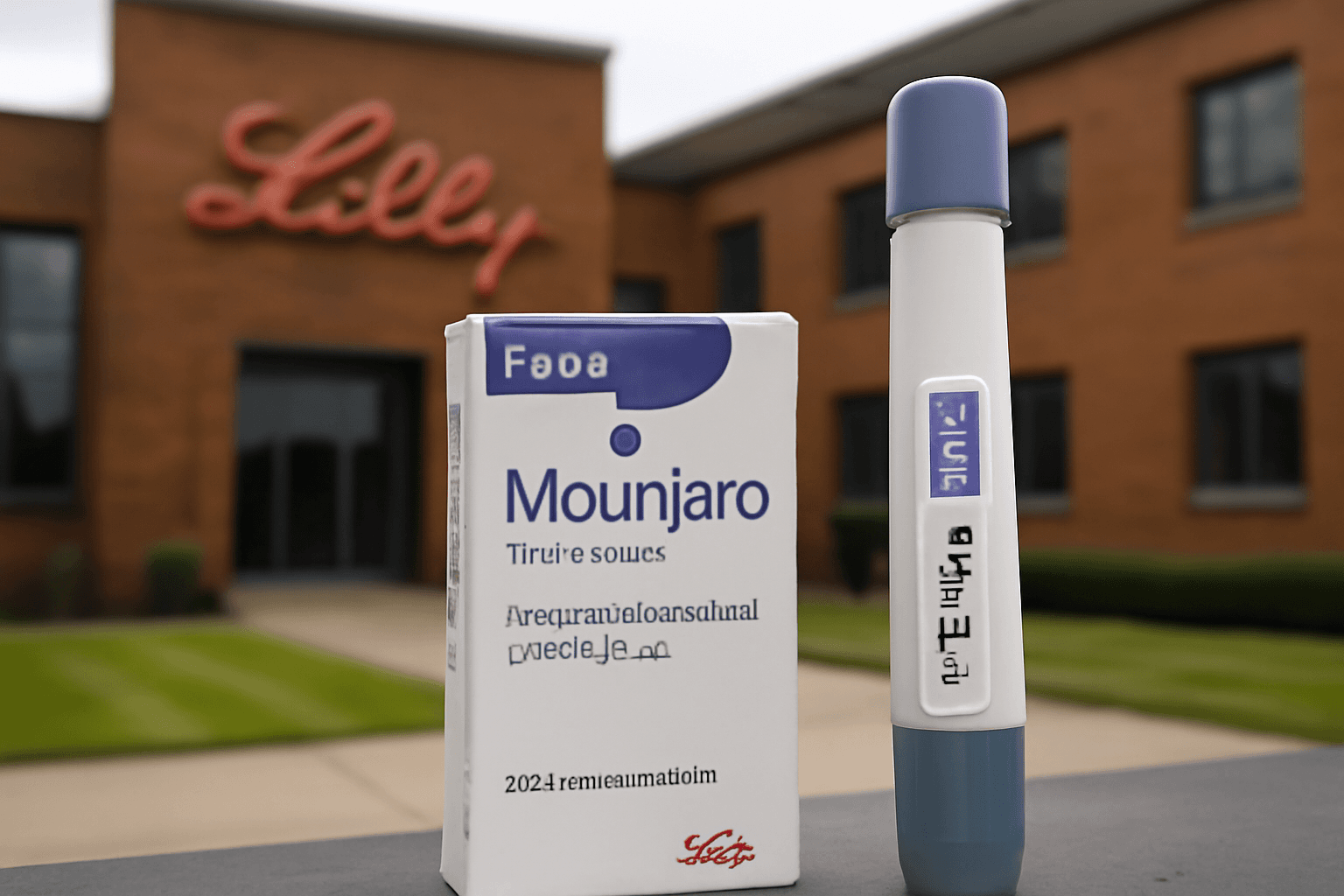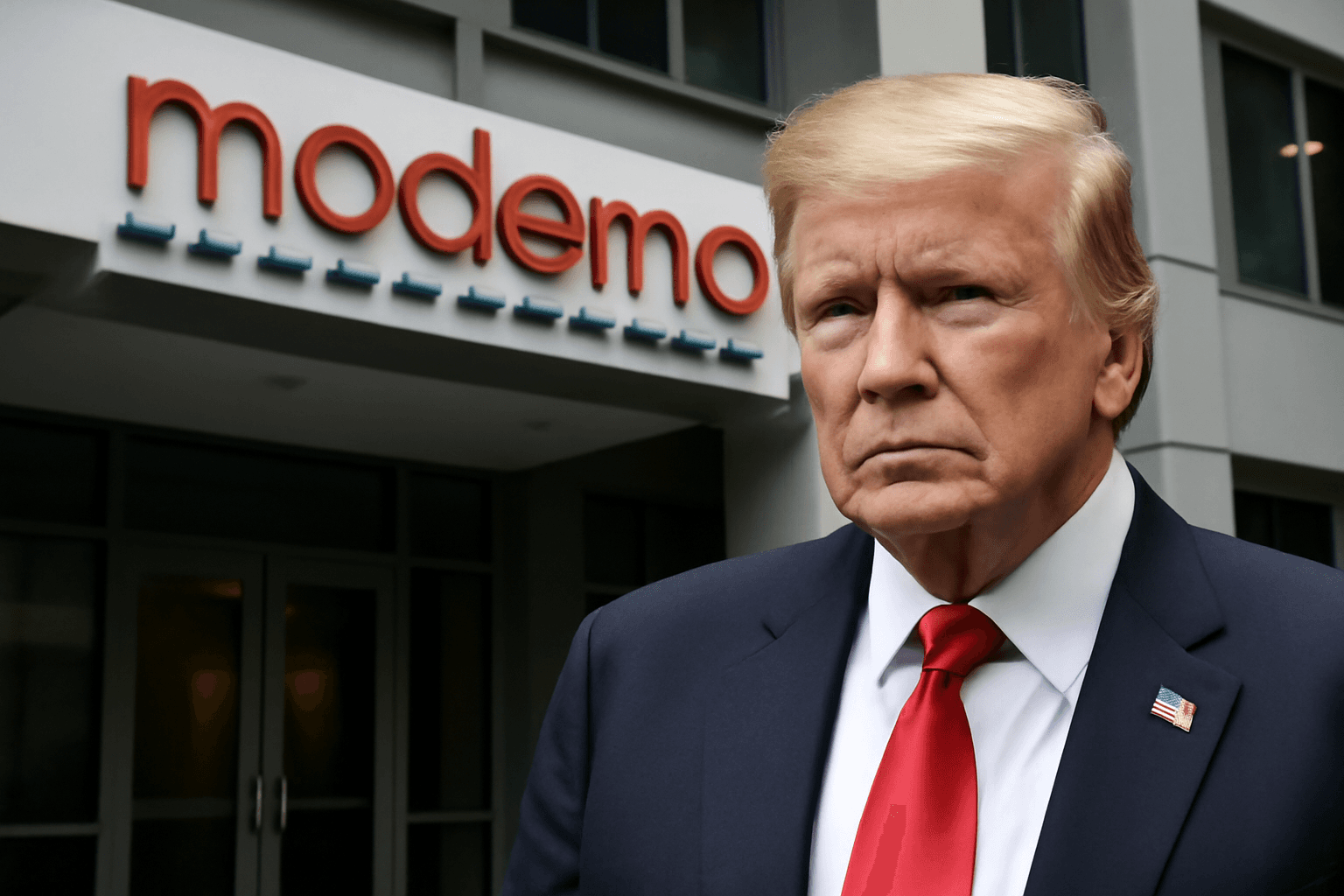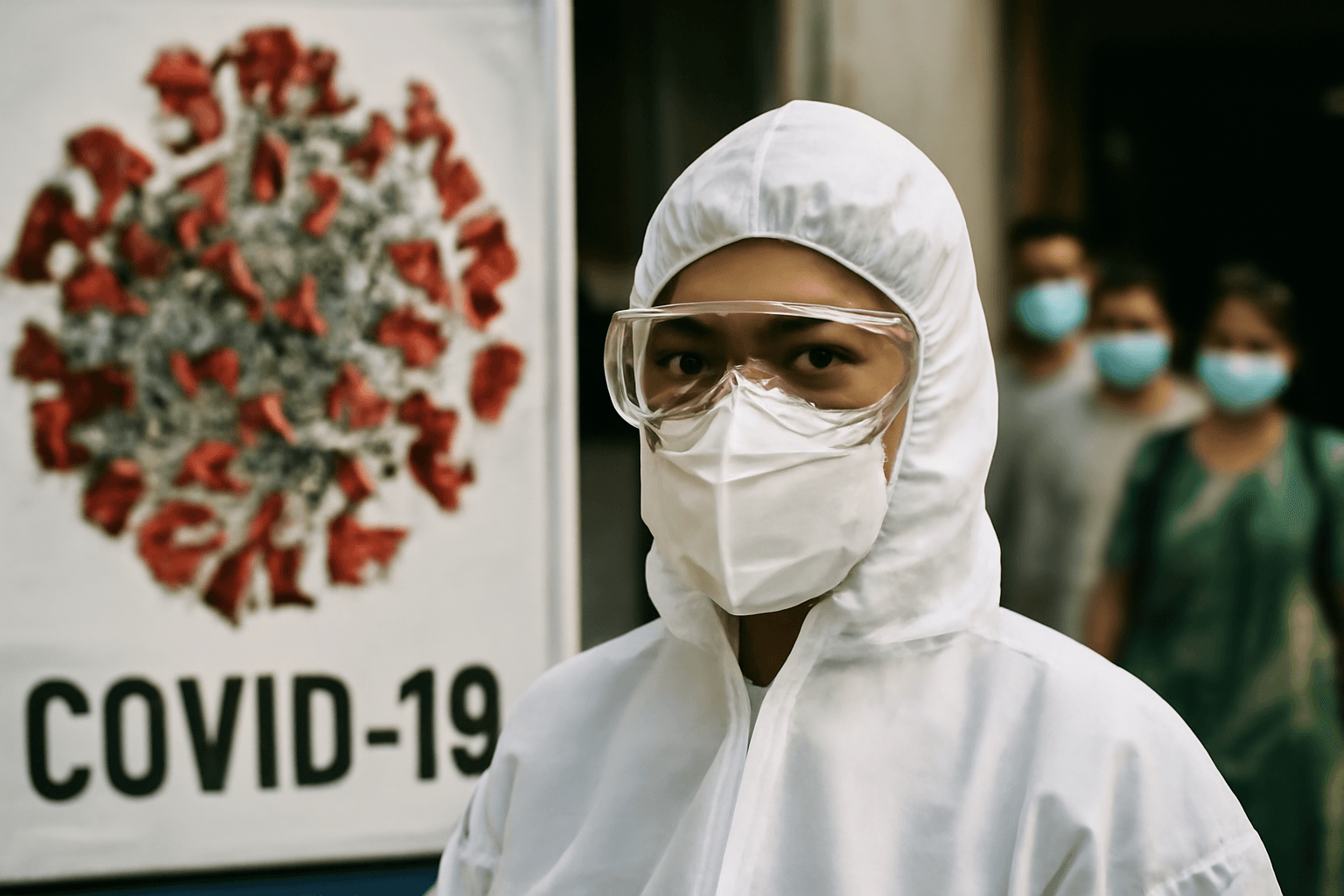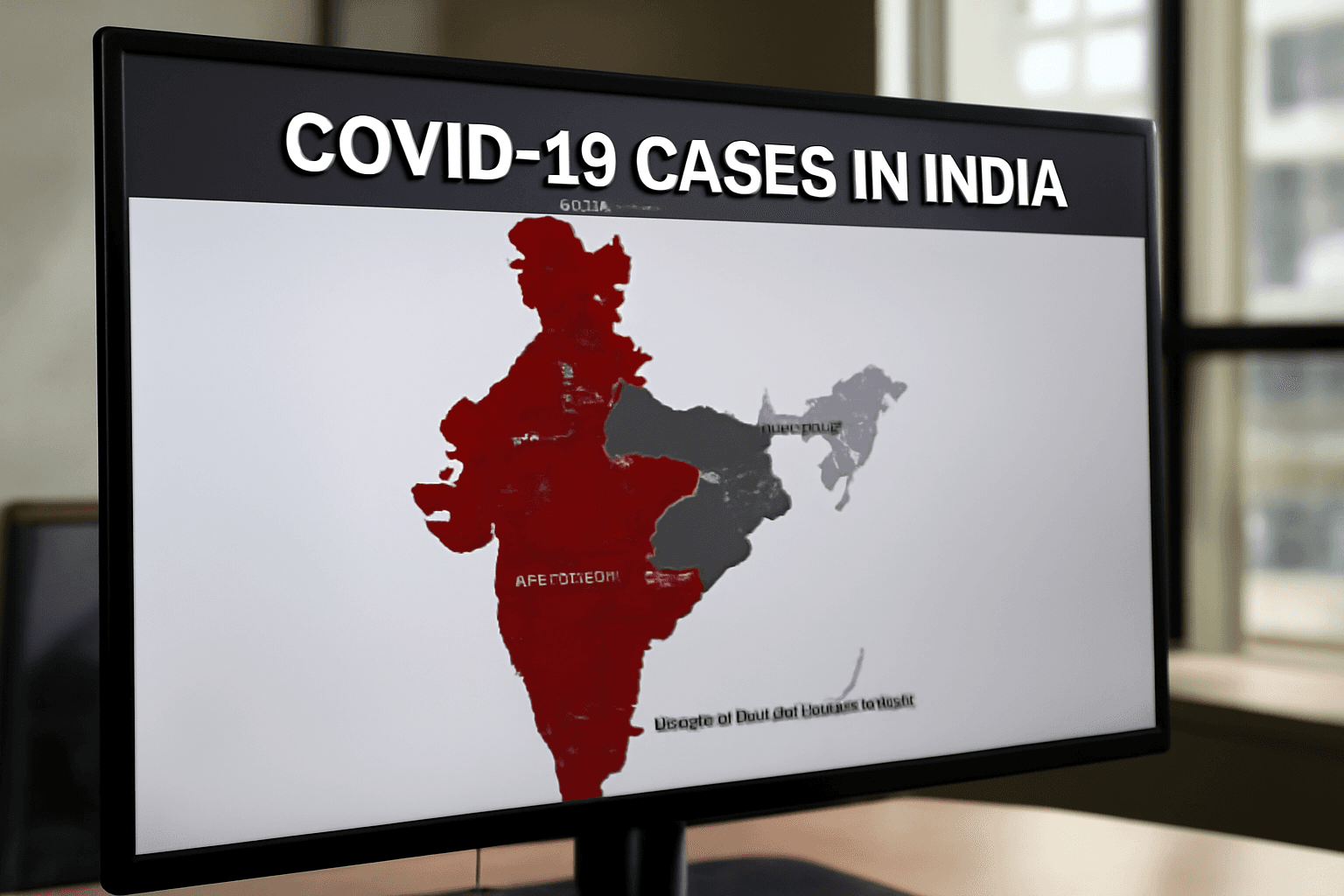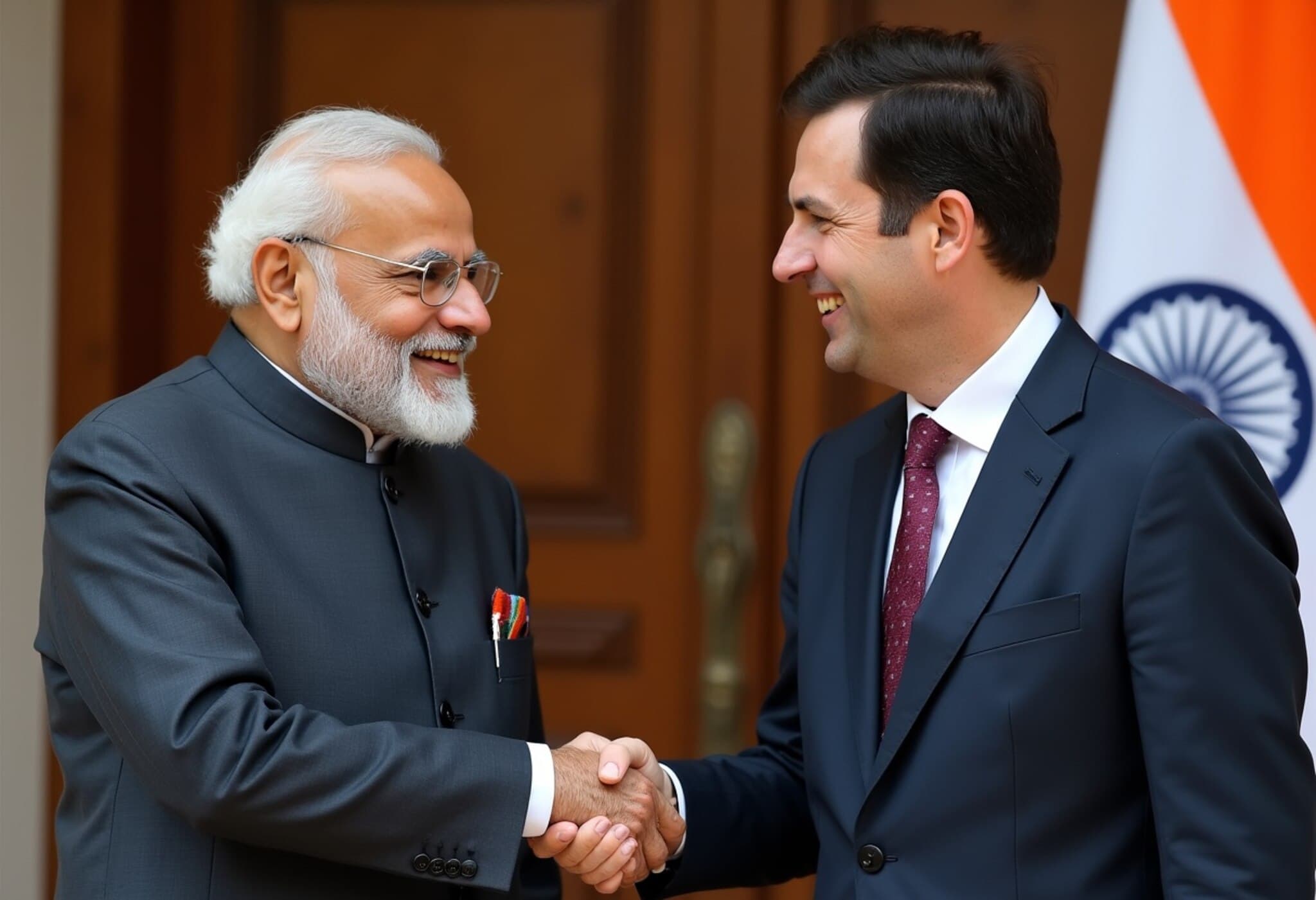Indian Pharma Giant Dr. Reddy's Positions for Growth with Affordable Generic Weight-Loss Drugs
As the global obesity and diabetes crises deepen, Dr. Reddy's Laboratories, a leading Indian pharmaceutical company, is poised to make a significant impact by launching its generic versions of semaglutide—the active ingredient in blockbuster weight-loss and diabetes medications like Wegovy and Ozempic. The company announced plans to introduce these more affordable generics across 87 countries by 2026, marking a strategic move to address both growing global demand and expanding access in emerging markets.
Understanding the Market Dynamics: Obesity and Diabetes on the Rise
The World Health Organization (WHO) reports that over 2.5 billion people worldwide are overweight, with approximately 890 million classified as obese. Simultaneously, the International Diabetes Federation estimates that nearly 589 million adults live with diabetes, of whom more than 90% suffer from type 2 diabetes. Treatments centered on GLP-1 receptor agonists like semaglutide have transformed therapeutic approaches, offering effective management of both obesity and diabetes, and quickly becoming first-line therapies.
This surge in demand has created supply challenges, with pharmaceutical heavyweights such as Novo Nordisk (makers of Wegovy and Ozempic) and Eli Lilly (with drugs like Mounjaro) struggling to meet global needs. Dr. Reddy’s aims to capitalize on a unique opportunity fueled by patent expirations in key markets like India and Brazil, combined with limited availability in many countries historically sidelined due to capacity constraints.
CEO Erez Israeli: Seizing First-Mover Advantage in Emerging Markets
In an interview with CNBC, CEO Erez Israeli highlighted the unprecedented potential of launching these generics across new territories: "Many countries have never had access to semaglutide products because the innovators couldn’t supply enough. We have the chance to bring this life-changing medication to those markets for the first time."
This approach disrupts the traditional model where newest, innovative drugs are often confined to wealthier nations. Instead, Dr. Reddy’s plans to democratize access, particularly in low- to middle-income countries, improving affordability and addressing a significant unmet need.
The Business Outlook: Revenue Growth and Market Expansion
The company forecasts that its semaglutide generics will become a pivotal contributor to its revenue, potentially generating hundreds of millions of dollars annually as the market scales. Goldman Sachs projects the GLP-1 market alone could surpass $100 billion by 2030, underscoring the enormous economic opportunity ahead.
Beyond the 2026 launch, Dr. Reddy’s is actively preparing for further expansions into 2027 and 2028, also exploring additional GLP-1 derivative generics to capture broader market share. Israeli anticipates that in some countries, Dr. Reddy’s could initially enjoy a monopoly position due to a lack of competitors, which can facilitate rapid market penetration and stronger pricing power.
Addressing Affordability and Access Challenges
One of the pressing caveats for GLP-1 drugs like semaglutide is their high cost, which historically limits availability predominantly to wealthier patients and insurance-covered markets. Dr. Reddy’s entry could significantly lower prices, as Israeli notes, by introducing competition and generic alternatives, ultimately reducing out-of-pocket expenses in many regions.
Facing Competition and Challenges in Established Markets
While expanding abroad, Dr. Reddy’s continues to grapple with fierce competition in established markets like the United States. Israeli acknowledged the crowded landscape: "The U.S. generics market is characterized by multiple players competing aggressively on every product. It creates both risks and opportunities." This observation reflects the dynamic balance between pricing pressures and scale economies common in the Western pharmaceutical sector.
Financial Performance and Future Outlook
Despite optimistic growth prospects, Dr. Reddy’s recently reported quarterly profits slightly below analysts' expectations, with net profit rising by only 2% to 14.18 billion rupees (~$164.2 million). However, the company’s strategic bet on generic semaglutide and other innovative generics signals a forward-looking pivot designed to fuel sustainable growth.
Why This Matters: The Broader Policy and Health Implications
The global rise of obesity and diabetes poses significant public health, economic, and social burdens. Affordable treatment options are crucial not only for individual patient outcomes but also to relieve strained healthcare systems worldwide.
Dr. Reddy’s expanding generic drug portfolio exemplifies an essential intersection between pharmaceutical innovation, health equity, and global market strategy. By bridging gaps in access without compromising quality, the company plays a pivotal role in shaping future therapies’ accessibility in underrepresented markets.
Editor’s Note
The launch of generic semaglutide by Dr. Reddy’s Laboratories could mark a crucial turning point in making effective weight-loss and diabetes medications accessible worldwide. Yet, significant questions remain: How will regulatory environments in each target country shape rollout speed? Could lower prices disrupt incumbent players or lead to new pricing strategies globally? Moreover, what implications will increased access to GLP-1 therapies have on healthcare costs and long-term disease management?
As these developments unfold, stakeholders should watch closely how emerging market dynamics evolve, balancing commercial interests with the urgent need to combat chronic health epidemics.

